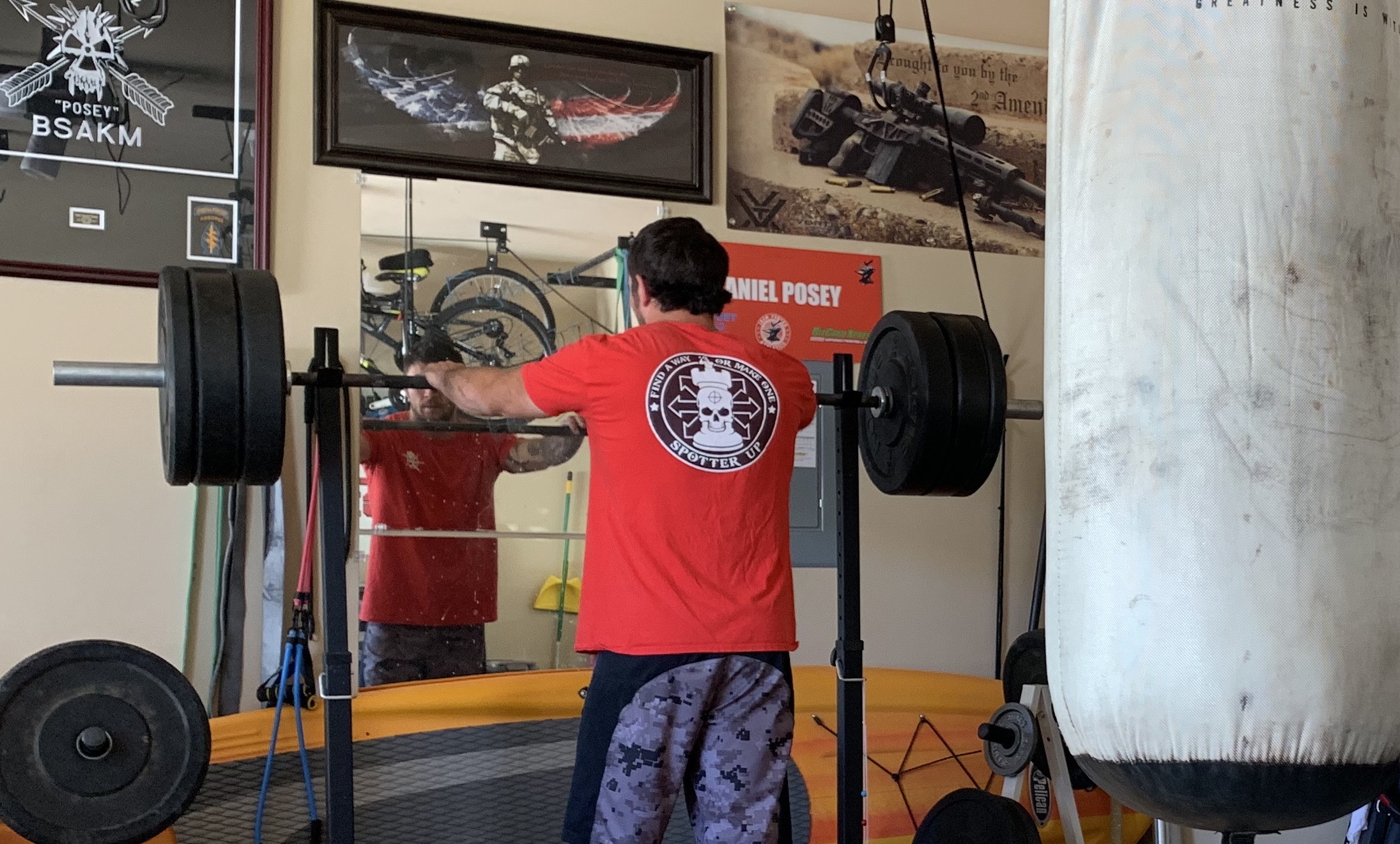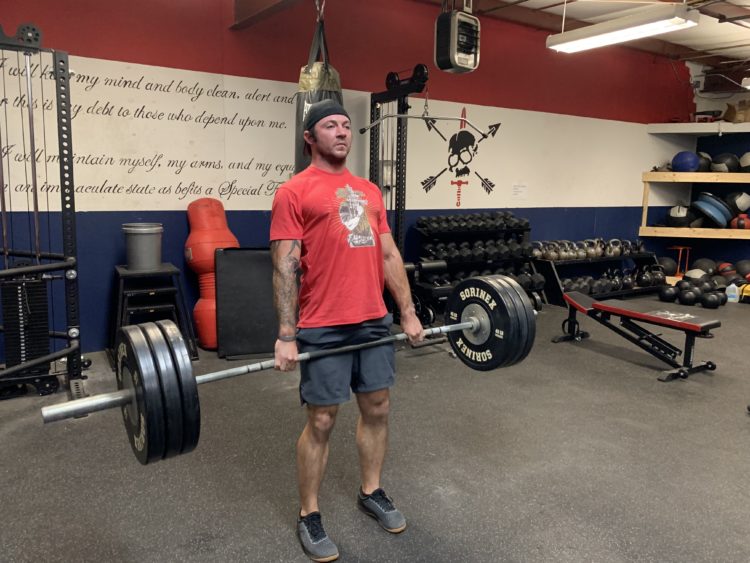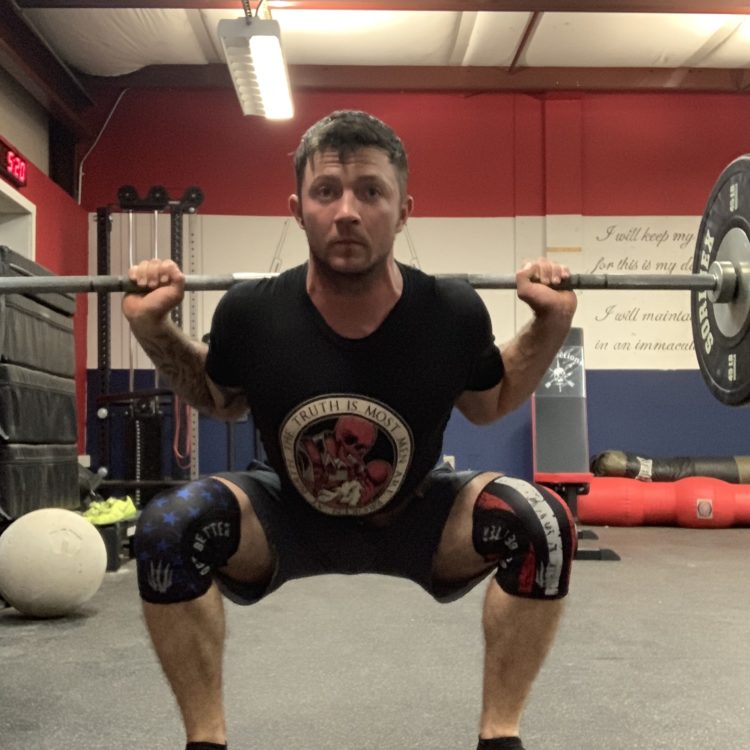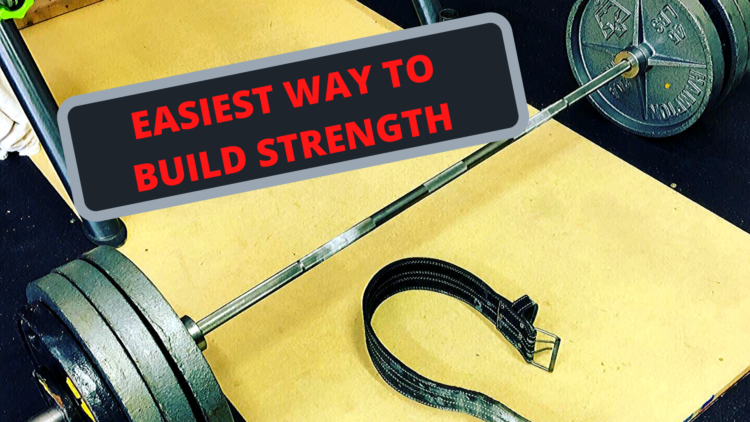Basic Novice Programming
In the previous article we discussed the standards that we should all be trying to achieve as it pertains to strength. If you tested your 1-rep maxes and passed the standards, you are strong and most likely already using a weight lifting program. If you were unable to pass the standards you either are not actively participating in a strength program, or the one you are using is not best suited for you.
In this article I am going to give you a basic strength program to get you on your way to achieving the standards and beyond. We used the 4 main lifts (squat, bench press, deadlift, and overhead press) to assess your strength so, for this novice program we are going to use the same 4 lifts to get stronger.
Why the 4 main lifts?
Why the squat, bench press, deadlift, and overhead press? Because each one of them uses the most amount of muscle to perform the lift, or more simply put, more bang for your buck. The squat movement uses your quads, glutes, hamstrings, abdominals, upper back, lats, and calves. The bench press movement uses your pectorals, triceps, lats, front delts and others. The deadlift uses Glutes, Quadriceps, Adductor Magnus, calf, Hamstrings, Erector Spinae, Traps, Lats, Abs, and Obliques. The overhead press uses the Delts, Triceps, Traps, and Upper Chest. Doing just these 4 lifts will work to develop total whole body strength.
Linear Progression plan.
The plan that I recommend every novice lifter start out using is the Starting Strength model called Linear Progression or LP for short. LP is the simplest, and one of easiest, programs to follow and will get you guaranteed results. On a basic LP program you are performing the above 4 lifts on a set schedule; and with each workout you increase the intensity/weight. This drives a strength adaptation of the muscle group allowing the lifter to increase his or her strength by utilizing what Mark Rippetoe calls the “Novice Effect.” Mark writes in his January 2010 Novice Effect article that, “The novice effect, simply described, is what happens when a previously untrained person begins to lift weights – they get stronger very quickly at first, and then improve less and less rapidly the stronger they get. It is nothing more than the commonly observed principle of diminishing returns applied to adaptive physiology.”
The novice program is broken down into an “A” workout and a “B” workout. You will perform one of these workouts 3 days a week alternating the two. Here is an example of a Monday, Wednesday, and Friday schedule; the first week you will perform the “A” workout on Monday, the “B” workout on Wednesday and on Friday you will perform the “A” workout again. The following week you will start with the “B” workout on Monday, the “A” workout on Wednesday and the “B” workout on Friday.
What is the A and B workout?
Workout A
Squat – 3 set of 5 reps. (3×5)
Overhead press – 3 sets of 5 reps (3×5)
Deadlift – 1 set 5 reps (1×5)
Workout B
Squat – 3 sets of 5 reps. (3×5)
Bench Press – 3 sets of 5 reps. (3×5)
Deadlift – 1 set 5 reps (1×5)
This works out to squatting and deadlifting 3 times a week and bench pressing and overhead pressing 1.5 times a week. Each workout should be fairly quick not taking more than an hour in the gym. The goal is to get in gym, get your work done, and get out. The LP program does not have you performing endless accessory movements taking hours in the gym.
Each workout you need to increase the intensity by increasing the weight of each movement. This is done by adding 5 pounds to the bar each time you perform the movement. If on Monday you perform Workout “A” and you squat 3×5 using 135lbs the next time you squat you will add 5lbs and squat 3×5 using 140lbs. In a 2 week period you will be adding 30 pounds to your squat and deadlift and 15 pounds to your overhead and bench press. This increase in intensity is imperative for driving muscle adaptation and getting stronger.
How long and what’s next?
This novice LP program will last between 12 and 18 weeks, which equates to roughly 150lbs added to both your squat and your deadlift, and 75lbs to your overhead press and bench press. Once you can no longer consistently complete your sets and reps at a given weight, it is time to move to an intermediate program.
After completing LP you will have a better knowledge of strength training and will be able to make an educated decision what your next steps should be for strength and fitness training. There are many intermediate programs to choose from, most of which are usually a 4 days per week program that is slightly more complicated than the novice LP.
Final Thought
In closing, make sure you are getting a proper warm up before performing your working 3×5 sets and if you are new to these movements please seek out more information in regards to form and technique. If you have any questions about getting stronger using LP please reach out to me on social media. Luke_Brooks_9 on Instagram and Luke Brooks on Facebook.




